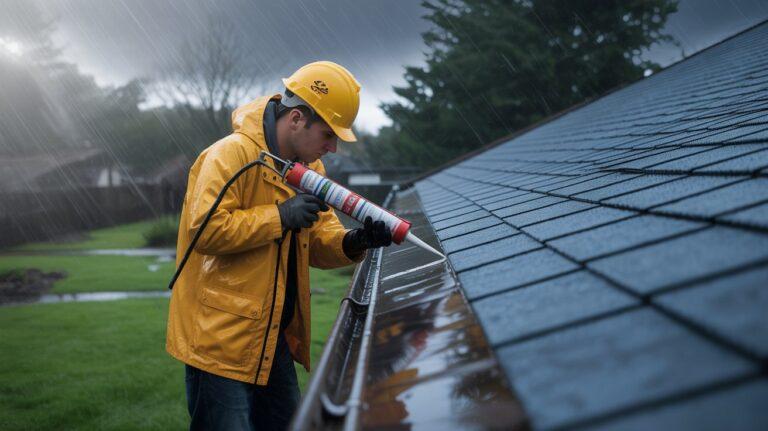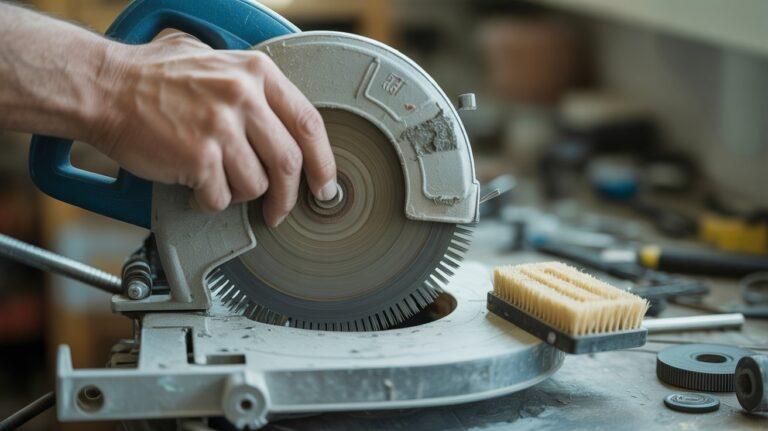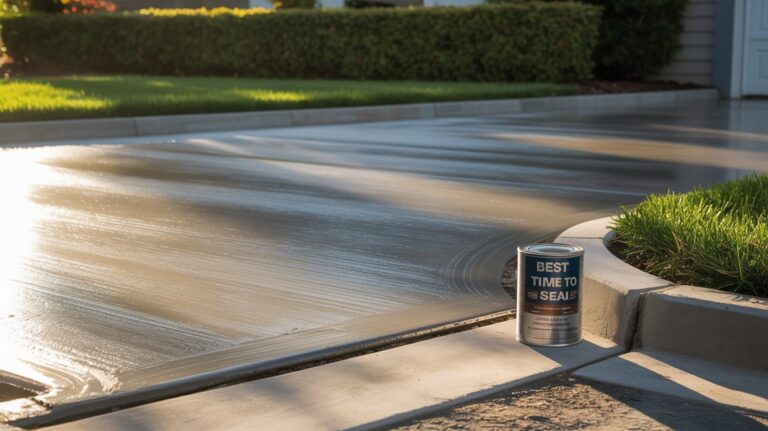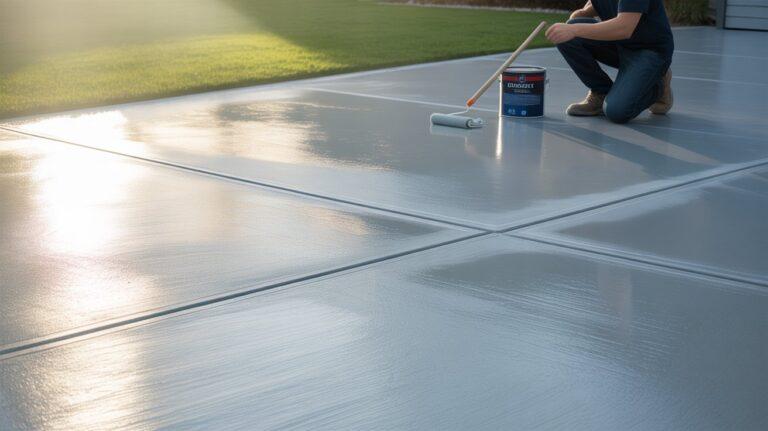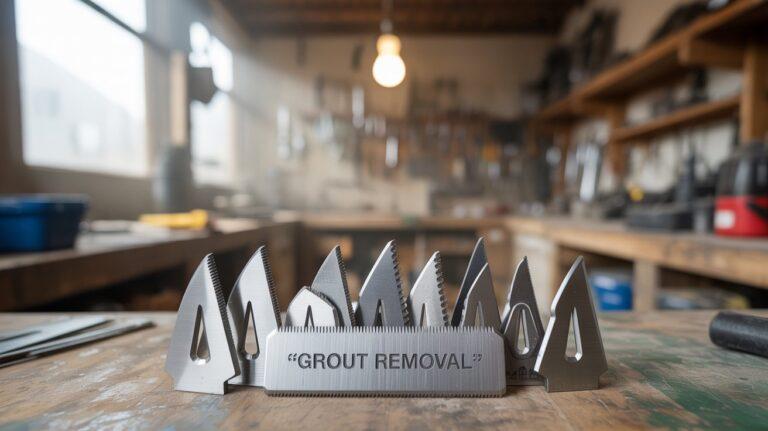How to Soften Flex Paste Can Elevate Your Craft Projects
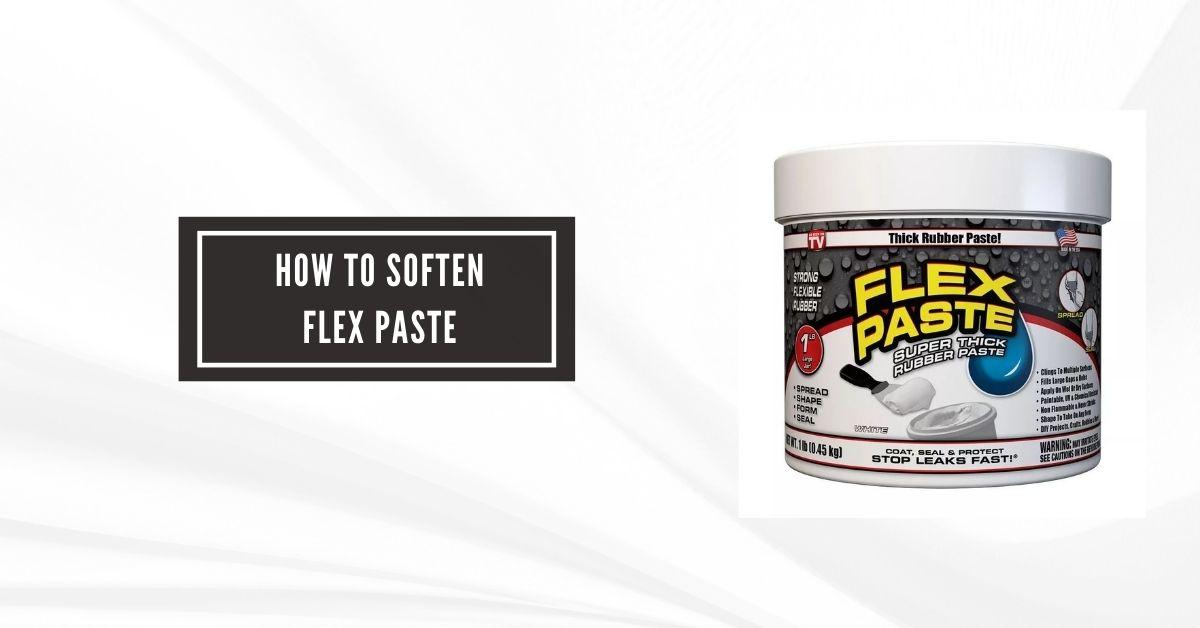
To soften Flex Paste, gently warm it with a hairdryer or heat gun on a low setting. Avoid direct heat or high temperatures to maintain the integrity of the product.
Flex Paste, a popular rubberized paste by Flex Seal, has myriad uses, including sealing, repairing, and bonding materials. Due to its thick consistency, users sometimes find it challenging to work with, especially when it comes to spreading or application in colder environments.
A common workaround to improve its malleability involves applying subtle heat. This introduction serves as a guide to those looking to ease their experience with Flex Paste. The goal is to provide quick, effective methods for softening the paste without compromising its effectiveness or risking damage to the surrounding area. Mastery of this technique ensures that your repairs and projects progress smoothly and efficiently, whether you’re dealing with home fixes or creative endeavors.
The Ultimate Guide to Making Flex Paste More Workable
Flex Paste is a versatile product used for a vast array of applications. This innovative sealant transforms from a thick paste to a strong, flexible, rubber coating. Ideal for DIY projects, repairs, and home maintenance, its ability to create a watertight barrier makes it a favorite among professionals and hobbyists alike.
Overview Of Flex Paste And Its Uses
Flex Paste stands out with its ability to adhere to a variety of surfaces. Use it to patch holes, seal gaps, or even craft custom items. Here are some common uses:
- Sealing tubs, showers, and plumbing.
- Repairing roofs, windows, and walls.
- Crafting models and artistic projects.
Composition And Characteristics Of Flex Paste
The special formula of Flex Paste includes ingredients that provide unique properties:
| Component | Characteristic |
|---|---|
| Binders | Ensure flexibility and adhesion. |
| Polymers | Create a durable, waterproof seal. |
| Fibers | Reinforce the strength of the cured product. |
Flex Paste is also mold and mildew resistant, which extends its use to humid or damp environments.
Common Challenges Associated With Flex Paste Hardening
Despite its versatility, Flex Paste may harden if not stored correctly. Some common challenges include:
- Exposure to air can dry it out.
- Temperature changes may affect consistency.
- Improper sealing of container leads to waste.
Tackling these challenges requires specific storage practices and reconditioning techniques to ensure the product maintains its effectiveness.
Preventative Measures To Keep Flex Paste Soft
When it comes to DIY projects, Flex Paste offers a powerful grip that seals, repairs, and bonds virtually anything. But before it hardens your projects to perfection, keeping it soft and manageable is crucial. Let’s dive into some handy preventative measures to maintain the pliability of Flex Paste.
Proper Storage Techniques For Flex Paste
Proper storage is key to extending the lifespan of Flex Paste.
- Keep the lid tightly closed when not in use to prevent the paste from drying out.
- Store in a cool, dry place away from direct sunlight and extreme temperatures.
- For added protection, place plastic wrap directly over the paste before sealing the lid.
Ideal Environmental Conditions For Flex Paste Maintenance
Controlled environments ensure Flex Paste stays soft and versatile.
| Condition | Ideal Setting |
|---|---|
| Temperature | 50-70°F (10-21°C) |
| Humidity | Below 50% |
Tips For Minimizing Exposure To Air And Moisture
Air and moisture can compromise Flex Paste’s integrity.
- Use a clean tool each time to avoid introducing contaminants.
- Work quickly with small amounts to reduce exposure.
- Consider vacuum-sealing leftover product, if possible, to eliminate air.
Techniques To Soften Hardened Flex Paste
Sometimes, Flex Paste becomes hard and unusable. Yet, you can restore it. Use simple methods to make it work like new again. Here, discover proven techniques to soften hardened Flex Paste.
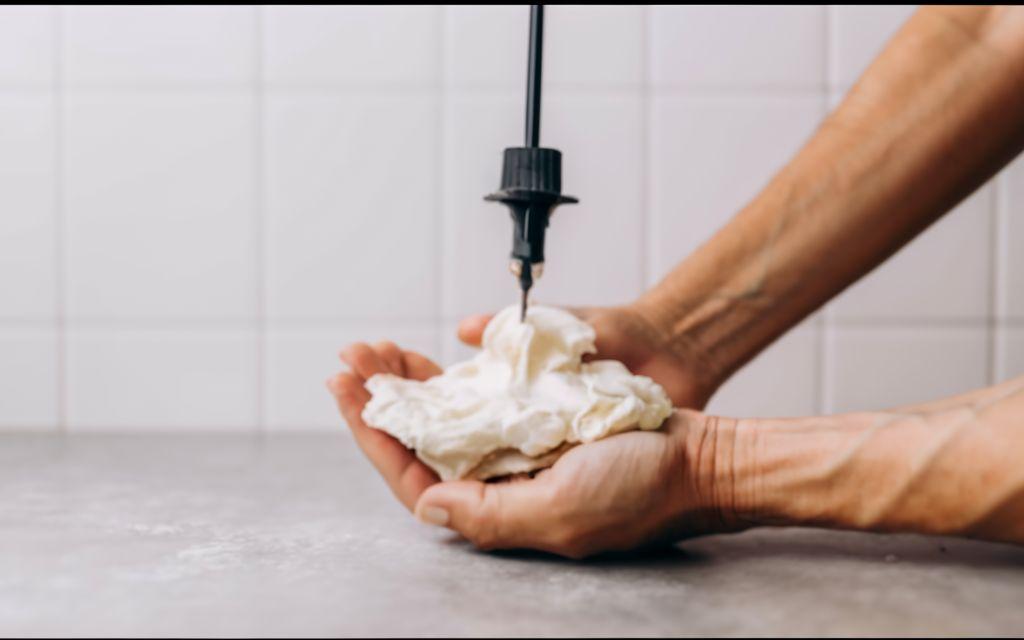
Step-by-step Guide For Softening Flex Paste
Softening Flex Paste is straightforward. Follow these steps carefully to bring Flex Paste back to life.
- Open the Flex Paste container.
- Remove any dried pieces from the top layer.
- Gently stir the paste to assess consistency.
- Add a small amount of mineral spirits if needed.
- Mix slowly until the paste softens.
- Test the Flex Paste before use.
Using Heat To Restore Flex Paste’s Consistency
Heat can help soften Flex Paste. Follow these steps, but be careful.
- Wear protective gloves.
- Open the container of Flex Paste.
- Place it in a warm area but not too hot.
- Check regularly until desired softness is achieved.
Safety Precautions When Handling And Rejuvenating Flex Paste
Safety comes first when working with materials like Flex Paste. Here’s what to remember:
- Wear gloves and eye protection.
- Avoid direct heating methods like blow torches.
- Work in a well-ventilated space.
- Don’t mix with incompatible substances.
- Store properly after softening.
Alternative Uses For Hardened Flex Paste
Alternative Uses for Hardened Flex Paste can turn a seeming mishap into a happy accident. This multi-purpose sealant is not just for patching up holes or cracks. When Flex Paste gets hard, it’s time to get creative and environmentally friendly by repurposing this durable material.
Creative Projects Using Hardened Flex Paste
Breathe new life into hardened Flex Paste by transforming it into art. This resilient material can become the star of your next DIY art project.
- Sculpture material for model-making
- Base for mixed media art
- Customized coasters with a chiseled look
Adaptation Of Hardened Flex Paste For Repairs
Do not toss that hardened Flex Paste out just yet! It could be the unforeseen hero for home repairs.
| Repair Use | Description |
|---|---|
| Filler | Use as a gap filler in woodwork or masonry. |
| Stabilizer | Strengthen loose handles or knobs by embedding Flex Paste. |
How To Repurpose Flex Paste Scraps
Repurposing scraps can be both fun and useful. Even the smallest pieces of hardened Flex Paste can have a second life.
- Sanding down scraps to create custom grips for tools or utensils.
- Crafting decorative knobs or hooks for a unique touch in your home.
Frequently Asked Questions On How To Soften Flex Paste
How Do You Soften Flux Paste?
To soften flux paste, gently heat it using a low-temperature source like a soldering iron. Keep stirring until it reaches the desired consistency. Avoid direct flames to prevent scorching. Always wear protective gear to ensure safety.
How Do You Thin Out Flex Paste?
Flex Paste cannot be thinned as altering its consistency may impact its effectiveness and intended use. Always follow the manufacturer’s instructions for proper application.
How Do You Soften Texture Paste?
To soften texture paste, mix it with a few drops of water until it reaches the desired consistency. Stir the mixture thoroughly for an even texture.
How Do You Keep Flex Paste From Drying Out?
To prevent Flex Paste from drying out, ensure the container is sealed tightly after each use. Store it in a cool, dry place, away from direct sunlight and extreme temperatures. Keep the container’s rim clean to maintain a good seal.
Can You Thin Flex Paste For Application?
Applying Flex Paste at a thinner consistency requires patience. Gradually mix in a solvent like mineral spirits or acetone until the desired texture is achieved. Remember to mix slowly to prevent air bubbles.
Conclusion
Wrapping up, softening Flex Paste need not be a daunting task. By following the methods shared, you can restore its pliability for easier application. Remember to store it properly to extend its shelf life. Armed with these tips, your next DIY project is set for success. Additionally, using the ideal flex seal can make this task even easier.
Keep experimenting and stay safe!
Read More: What Happens If Flex Seal Gets Wet Before It Cures: A Complete Guide

I am Robert Sandin, a professional sealing expert with a diverse range of expertise. From concrete to various other materials, I possess in-depth knowledge and experience in the art of sealing. On my website, I offer valuable tips and expert recommendations on sealing techniques and products for different materials. Whether it’s concrete, wood, metal, or more, I am committed to providing you with the guidance you need for successful sealing projects.

